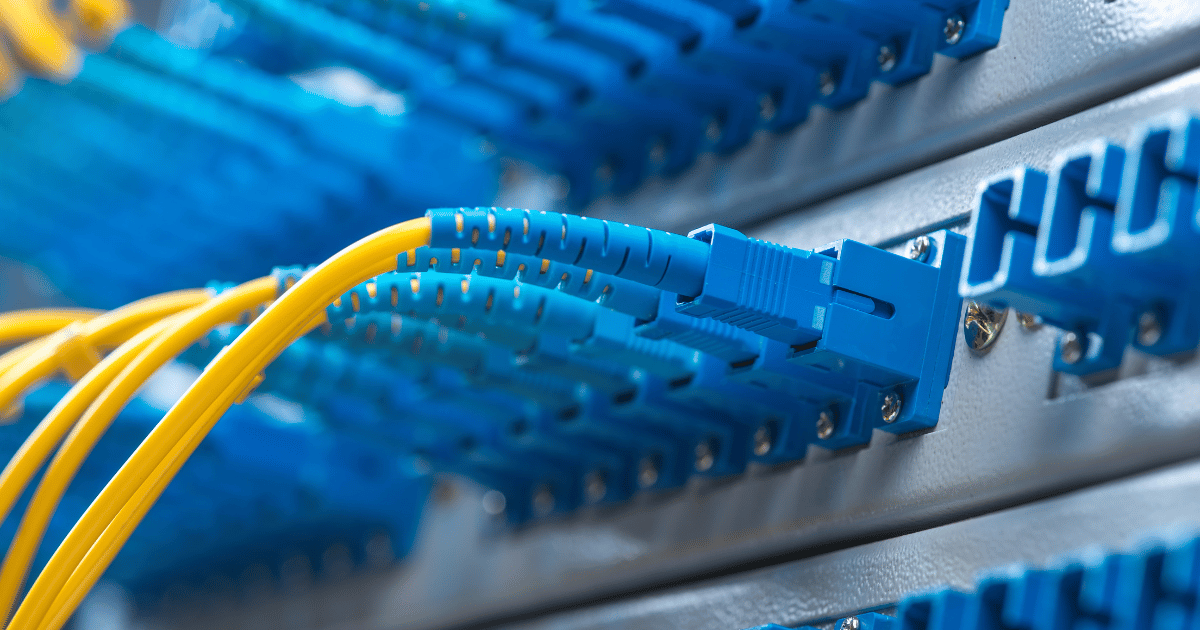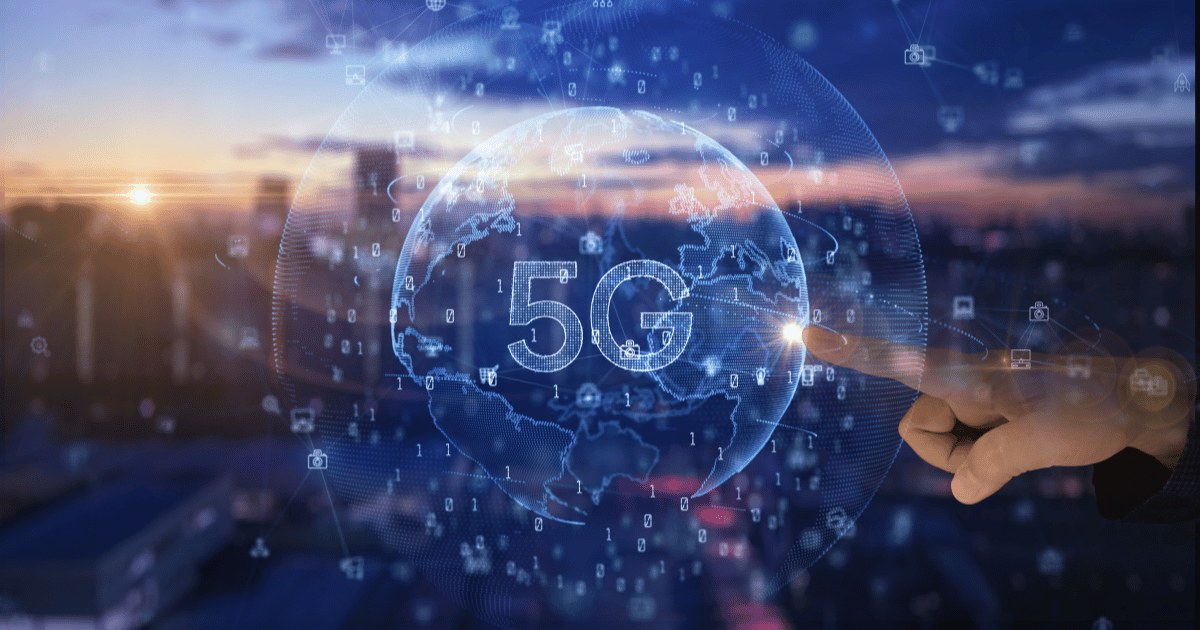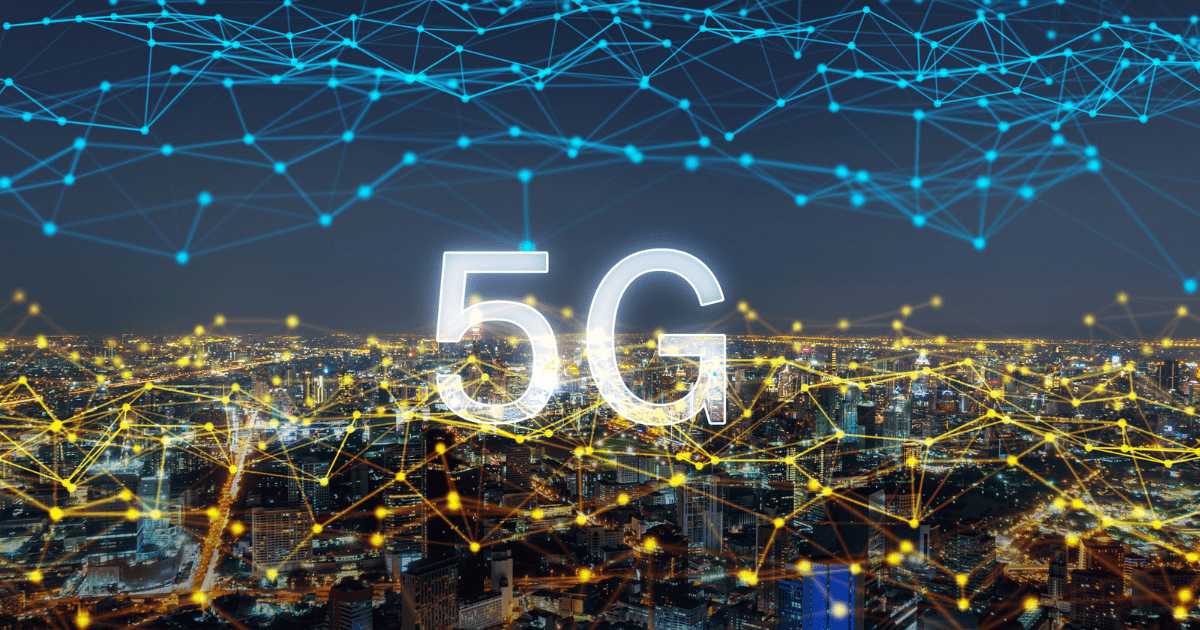The Future of Fiber Optic Networks: Trends to Watch

The demand for high-speed internet and reliable connectivity continues to grow. Fiber optic networks have emerged as the backbone of modern telecommunications infrastructure, enabling fast and efficient data transmission over long distances. Looking ahead, several key trends are shaping the future of fiber optic networks, revolutionizing the way we connect, communicate, and collaborate.
Gigabit Internet and Beyond
The demand for faster internet speeds is driving the deployment of gigabit fiber optic networks worldwide. Gigabit Internet offers blazing-fast download and upload speeds, enabling seamless streaming, gaming, and cloud computing. As technology evolves, we can expect to see even faster networks, with speeds exceeding 10 gigabits per second (Gbps) becoming the new standard.
5G Integration
The rollout of 5G wireless technology is poised to revolutionize the way we connect to the internet. Fiber optic networks will play a crucial role in supporting 5G infrastructure, providing the high-capacity backhaul needed to deliver ultra-fast wireless connectivity. As 5G networks continue to expand, fiber optic networks will become increasingly integral to delivering high-speed, low-latency wireless services.
Smart Cities and IoT
The proliferation of Internet of Things (IoT) devices is driving the development of smart cities, where interconnected sensors, cameras, and devices enable real-time monitoring and management of urban infrastructure. Fiber optic networks provide the high bandwidth and low latency required to support these IoT applications, facilitating everything from smart traffic management to environmental monitoring.
Edge Computing
Edge computing is emerging as a key trend in network architecture, enabling data processing and analysis to be performed closer to the source of data generation. Fiber optic networks play a critical role in connecting edge computing nodes to centralized data centers, ensuring fast and reliable data transmission between distributed computing resources. This distributed approach reduces latency and bandwidth requirements, making it ideal for applications such as autonomous vehicles and augmented reality.
Increased Security Measures
With cyber threats on the rise, ensuring the security of fiber optic networks is more important than ever. Future fiber optic networks will incorporate advanced encryption techniques, intrusion detection systems, and other security measures to protect against unauthorized access and data breaches. Additionally, network operators will implement robust monitoring and analytics tools to detect and respond to security threats in real-time.
Environmental Sustainability
As concerns about climate change continue to grow, there is a growing focus on making fiber optic networks more environmentally sustainable. Future networks will leverage energy-efficient components, renewable energy sources, and eco-friendly materials to minimize their carbon footprint. Additionally, network operators will prioritize recycling and reuse initiatives to reduce electronic waste and promote circular economy practices.
Quantum Communication
The field of quantum communication holds promise for ultra-secure, high-speed data transmission over fiber optic networks. Quantum key distribution (QKD) technology uses quantum principles to encrypt data in a way that is theoretically impossible to hack. While still in the early stages of development, quantum communication has the potential to revolutionize cybersecurity and ensure the integrity of data transmission in the future.
The future of fiber optic networks is bright, with exciting advancements on the horizon. From gigabit internet and 5G integration to smart cities and quantum communication, fiber optic networks will continue to play a central role in shaping the digital landscape of tomorrow. By staying ahead of these trends and embracing innovation, businesses and communities can harness the full potential of fiber optic technology to drive economic growth, enhance quality of life, and foster global connectivity.


